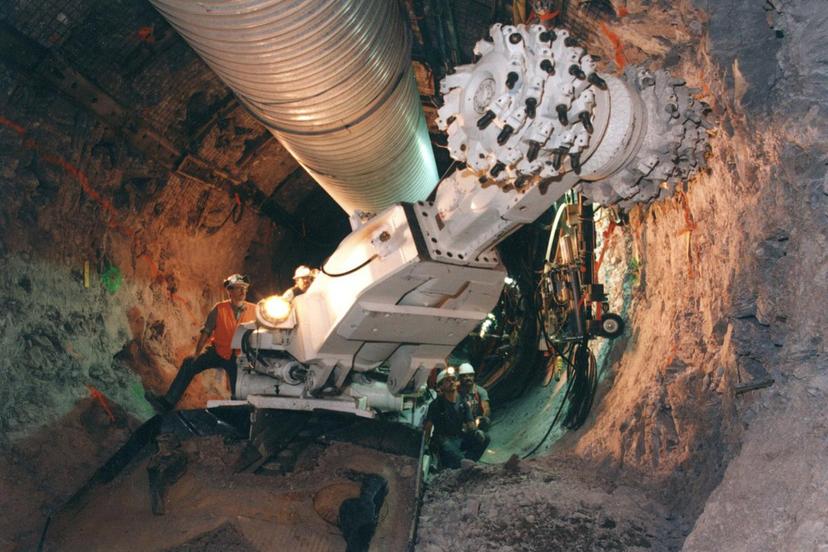Mining

Overview
Mining consists of the discovery, valuation, development, exploitation, processing, and marketing of useful minerals, such as coal, iron, or precious metals. The mining industry locates minerals and removes them in the most economical and efficient way possible for use by various industries, such as energy production and construction.
The mining industry may be classified into three groups, based on the type of minerals they produce: energy minerals, nonmetallic minerals, and metallic minerals. Energy minerals are fossil fuels, such as coal; nonmetallic minerals include phosphate rock used in fertilizers and limestone rock used in cement; salt used domestically and in industry for the production of basic chemicals; and sand and gravel used extensively in construction. Metallic minerals are iron ores, copper ores, and bauxite, which is the raw material for the aluminum industry.
Discovering viable places to mine is a science that requires trained and experienced professionals to determine whether or not ore deposits and mineralized masses are viable for mining technically, economically, socially, and politically. Scientists, engineers, technicians, and support staff work together to make this assessment.
Mining offers careers in design, maintenance, engineering, law, and management. Those with a science education may find positions as chemists, petrologists, geochemists, surveyors, and various mining technicians. Mining workers with high-tech and mechanical skills include mechanics, machinists, drafters, electricians, and instrumentation technicians. Sales and marketing professionals play a key role in the mining industry and must be familiar with the workings of the commodity markets and the flow of minerals in national and international commerce.
A broad range of careers are available to workers without advanced degrees as well. High school graduates with technical and mechanical aptitude may become blasters, miners, or construction e...
